We would not try to do this today, but they went for survivable in obvious earthquake country. By the way, anyone who drives up in hills around LA knows what earthquake country looks like.
Working with stone seems impossible, but thay did it and violent quakes have damaged stuff, but not teally knocked it down. It is still stone folks.
Here we use wood frame construction which is at least resistent to been outright knocked down or collapsed by flooding even. Better yet, it is easy to knock down and simply replace. An improved version would be stress skin panels using polyurethane foam. That could be designed to withstand a quake that will never happen. It is possible and cheap enough as well.
Stone work like this is never cheap because it demands human labor in vast amounts..
This Ancient Incan Citadel Stood Impregnable in an Earthquake Hotspot Since 15th Century—Here’s How
BY LOUISE CHAMBERS TIMEJANUARY 21, 2023 PRINT
https://www.theepochtimes.com/this-ancient-incan-citadel-stood-impregnable-in-an-earthquake-hotspot-since-15th-century-heres-how_4968370.html
The ancient citadel of Machu Picchu in the southern Peruvian Andes is not only world-renowned for being the most impressive legacy of the Inca people; it’s also a feat of architectural ingenuity that survived a massive earthquake in the mid-15th century and stands towering to this day.
Machu Picchu, meaning “old mountain” in the Quechua Indian language, is a sprawling sanctuary 2,430 meters above sea level in the tropical mountain forest region of Urubamba Province, Cusco. Located on a precipitous ridgeline between two mountain peaks with Sacred Valley of the Amazon basin below, the citadel comprises around 200 structures and was allegedly commissioned by the ninth Inca ruler, Pachacutec, as a self-sufficient royal summer retreat.
Machu Picchu seen from a high, cloud-strewn perch amid the southern Peruvian Andes. (icelight/CC BY 2.0)
The remains of several stone chambers in the ancient Incan city of Machu Picchu. (Russell Johnson/Shutterstock)
Scientists believe that the citadel’s construction was interrupted by a powerful earthquake along the Tambomachay fault line, registering at least magnitude 6.5, that caused a number of the granite building blocks to separate, according to by Peruvian news agency Andina. Scars overlaying Machu Picchu’s temple of the sun and ceremonial centers—the Inca were devoted to their worshipping the sun—can still be seen today.
But the Inca resumed the citadel build after the quake. They utilized polished dry-stone walls that were so perfectly carved and fitted that they had no need for mortar. They innovated trapezoid-shaped structures with giant stone blocks providing a ground-laying foundation for smaller stones and narrower walls set atop them.
Built along a geological fault, Machu Picchu displays damage from local seismic activity. (camiguti/Shutterstock)
The remains of an ancient sundial made from carved stone. (Jordan Klein/CC BY 2.0)
These structures proved to be so resistant to seismic activity that similar architectural styles echo throughout Cusco today, according to the 2019 Cusco-Pata Research Project, a study launched to help current-day city planners analyze the earthquake hazards of active Cusco region fault lines.
Project coordinator Carlos Benavente Escobar told Andina, “Some edges of the rocks [at Machu Picchu] are broken, which means that in the undulation of the earth they hit each other, which caused the breaks. After that, they continued the building in a different manner. … They knew how to coexist with diverse geologic dangers, like earthquakes, landslides, and avalanches.”
A stone doorway at Machu Picchu frames a view of neighboring peak Huayna Picchu. (Uwe Bergwitz/Shutterstock)
Meticulously cut blocks fit perfectly to form enormous windows overlooking the Peruvian Andes from Machu Picchu citadel. (WMrapids/CC BY 1.0)
As for why they would knowingly build the mountain sanctuary on a fault line, Escobar explained that the geological fissures at the site were a convenient conduit for water. The Inca “preferred to improve the structural conditions of their homes rather than move away from the water resource,” he said.
Richard L. Burger, professor of anthropology at Yale University, revealed through radiocarbon dating in 2021 that Machu Picchu may have been occupied from as early as 1420 until its abandonment in 1530 when the Spanish conquered the Inca Empire. The site was occupied by around 750 people, whose legacy remains mysterious owing to sculptures and structures that allude to a rich relationship with spiritual and astronomical phenomena.
T\he remains of Machu Picchu exhibits heavily worked topography on a steeply inclined ridge located between two peaks in the Peruvian Andes. (RAF-YYC/CC BY 2.0)
Much of Machu Picchu’s stonework remains remarkably well-preserved today. (Public Domain)
Machu Picchu was left abandoned for almost four centuries and the world at large did not find out about this cloud-strewn wonder until it was rediscovered by American historian and explorer Hiram Bingham in 1911, with the help of a local guide.
Today, Machu Picchu is a UNESCO World Heritage site and was voted one of the New Seven Wonders of the World in 2007 in a global internet poll.
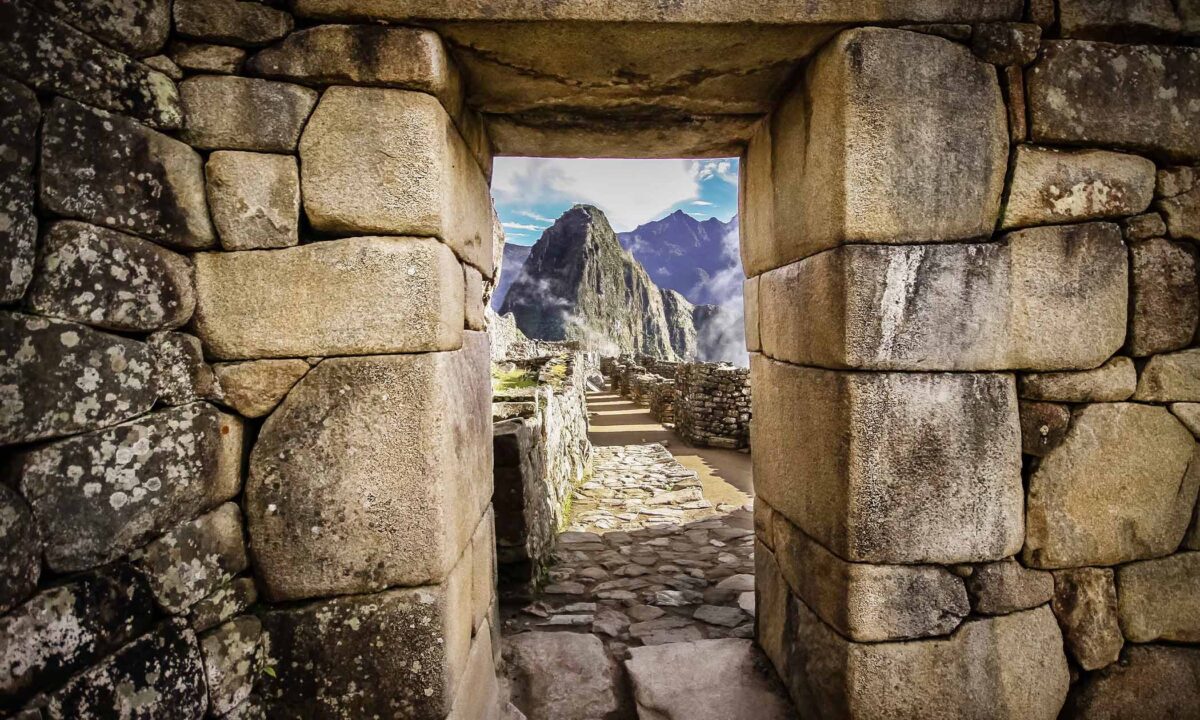
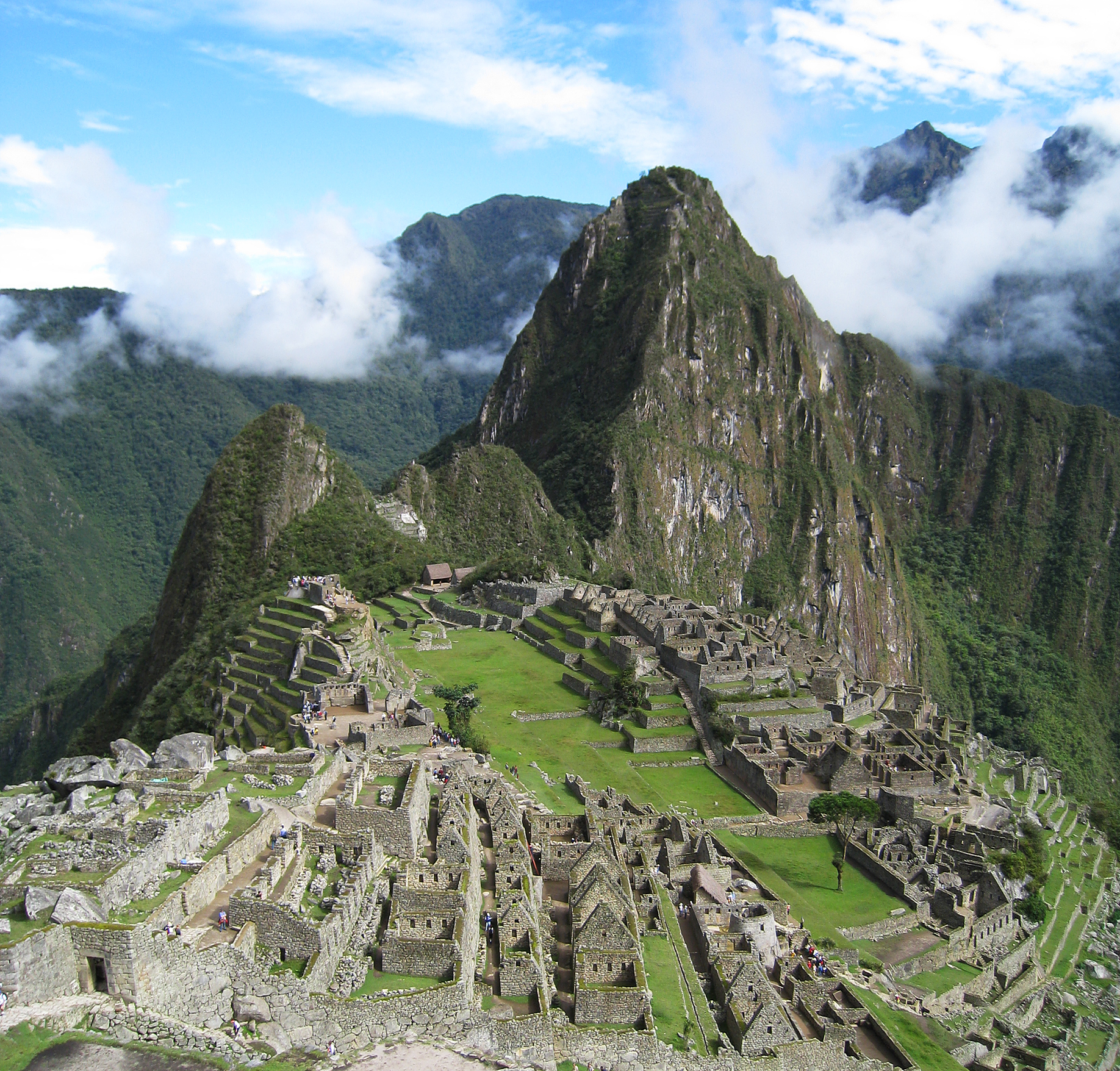
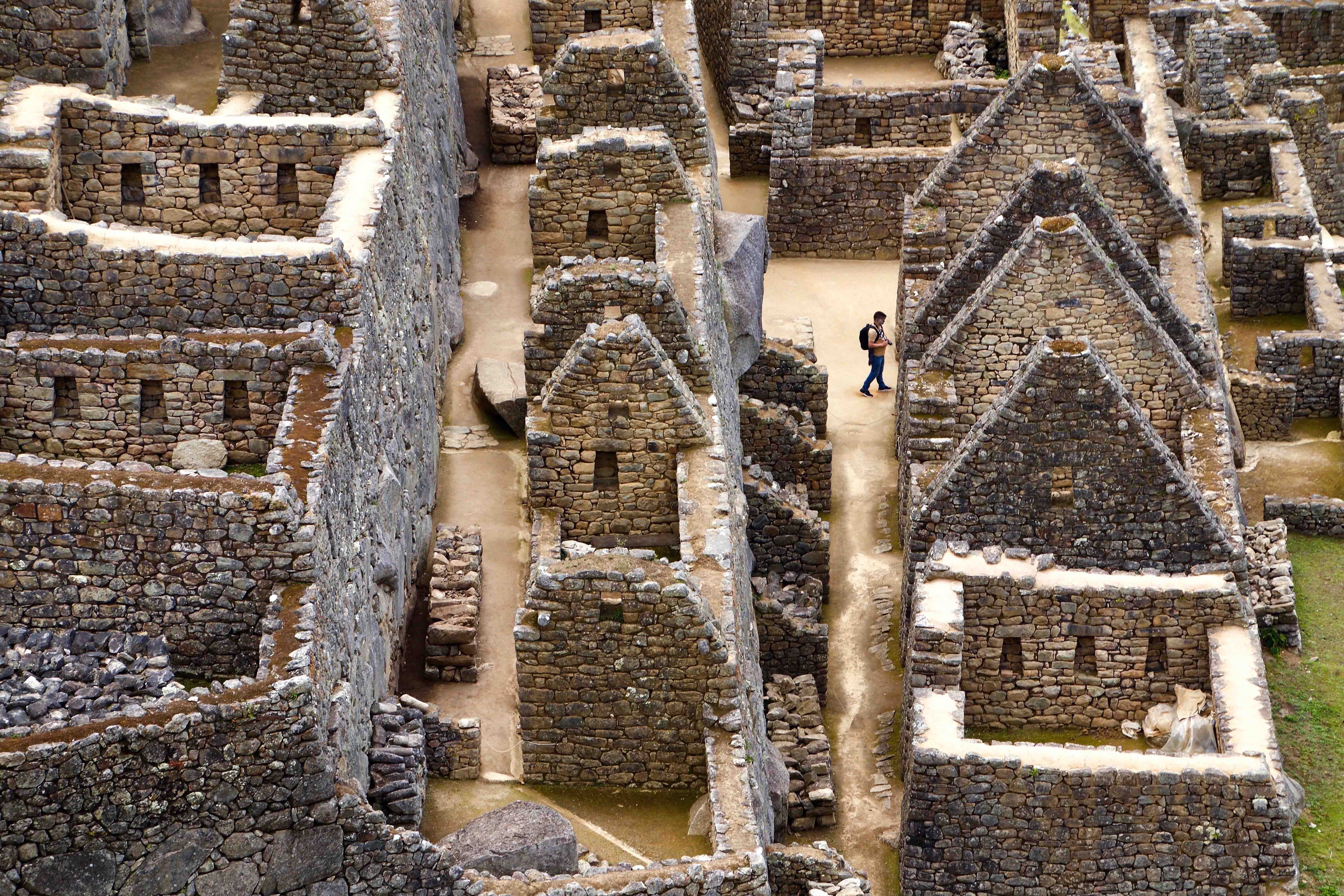
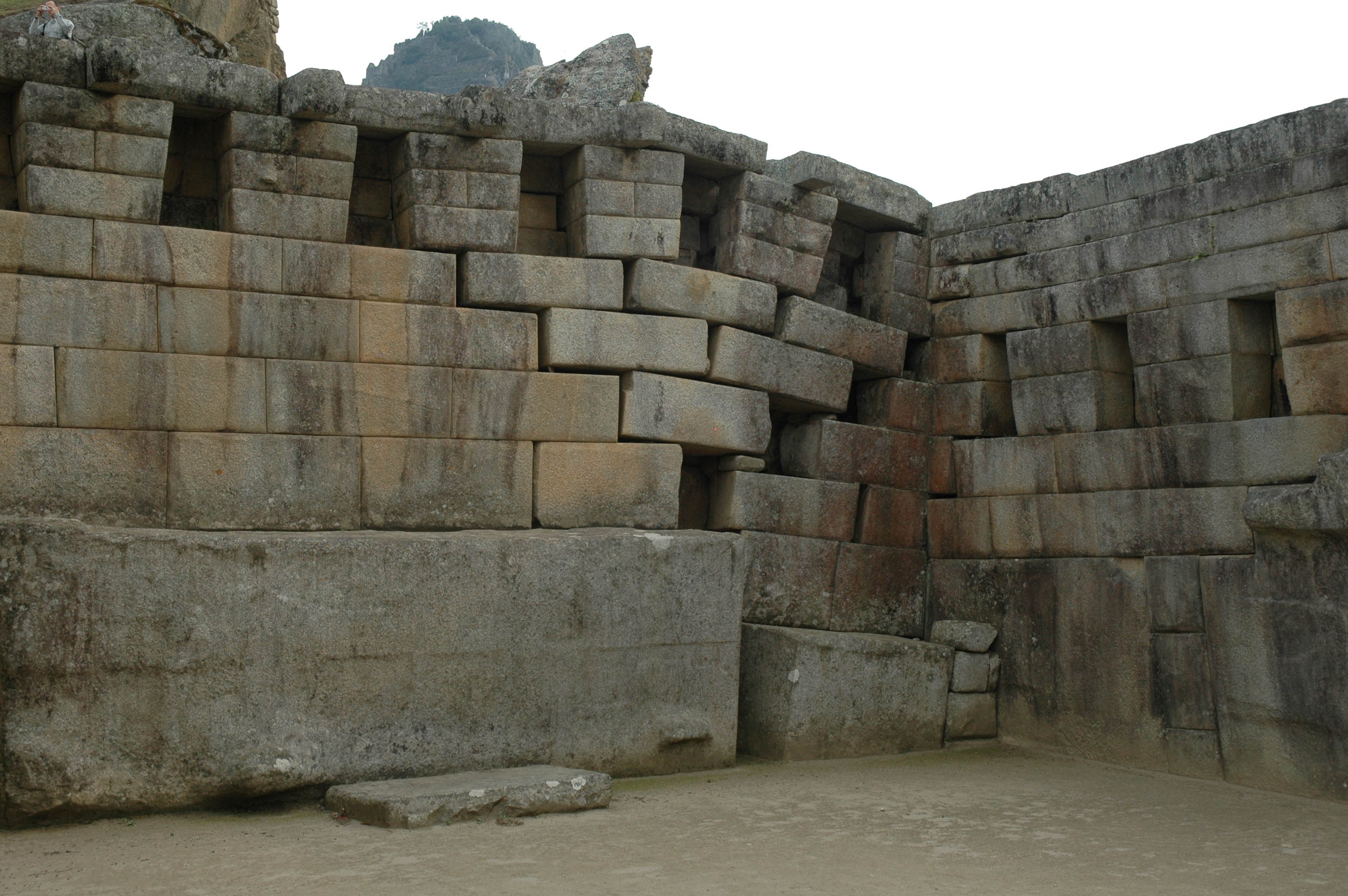
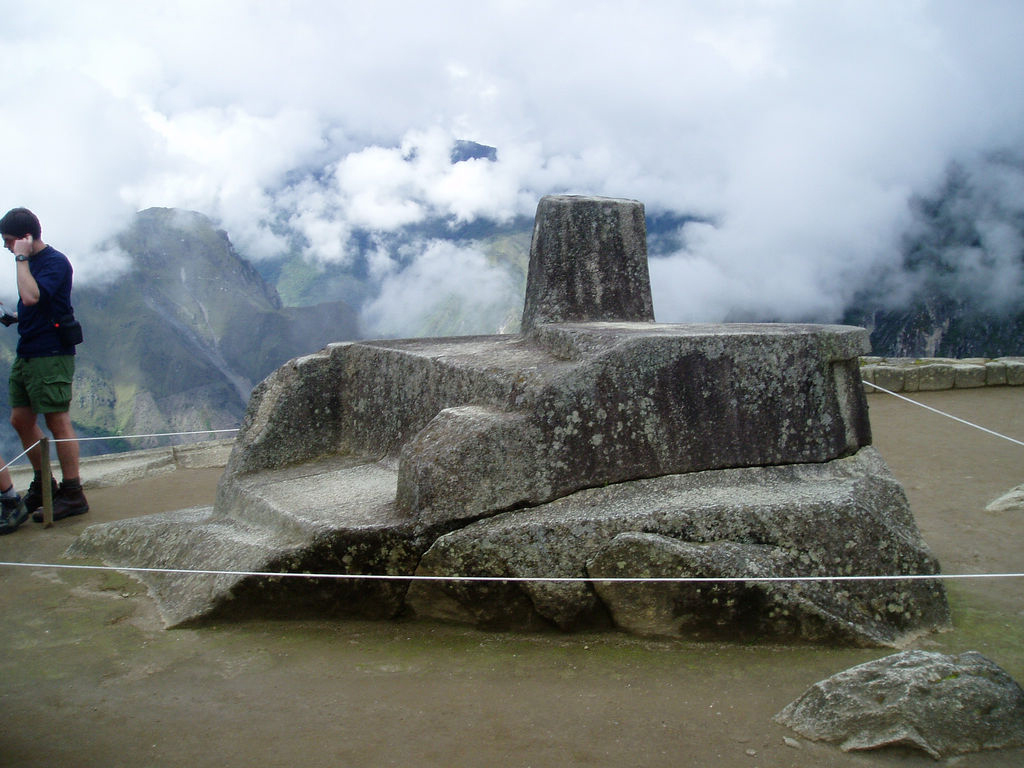
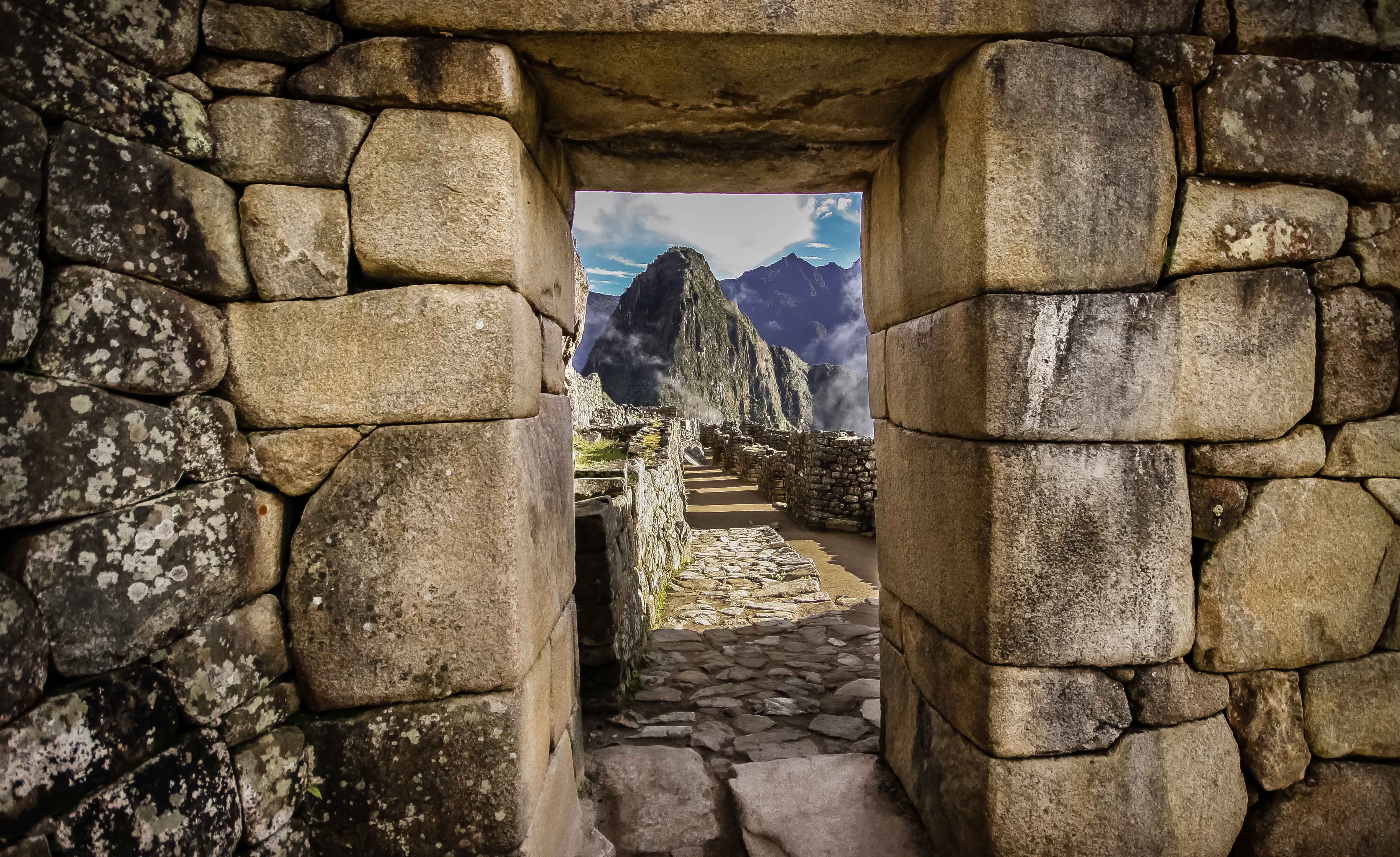



No comments:
Post a Comment